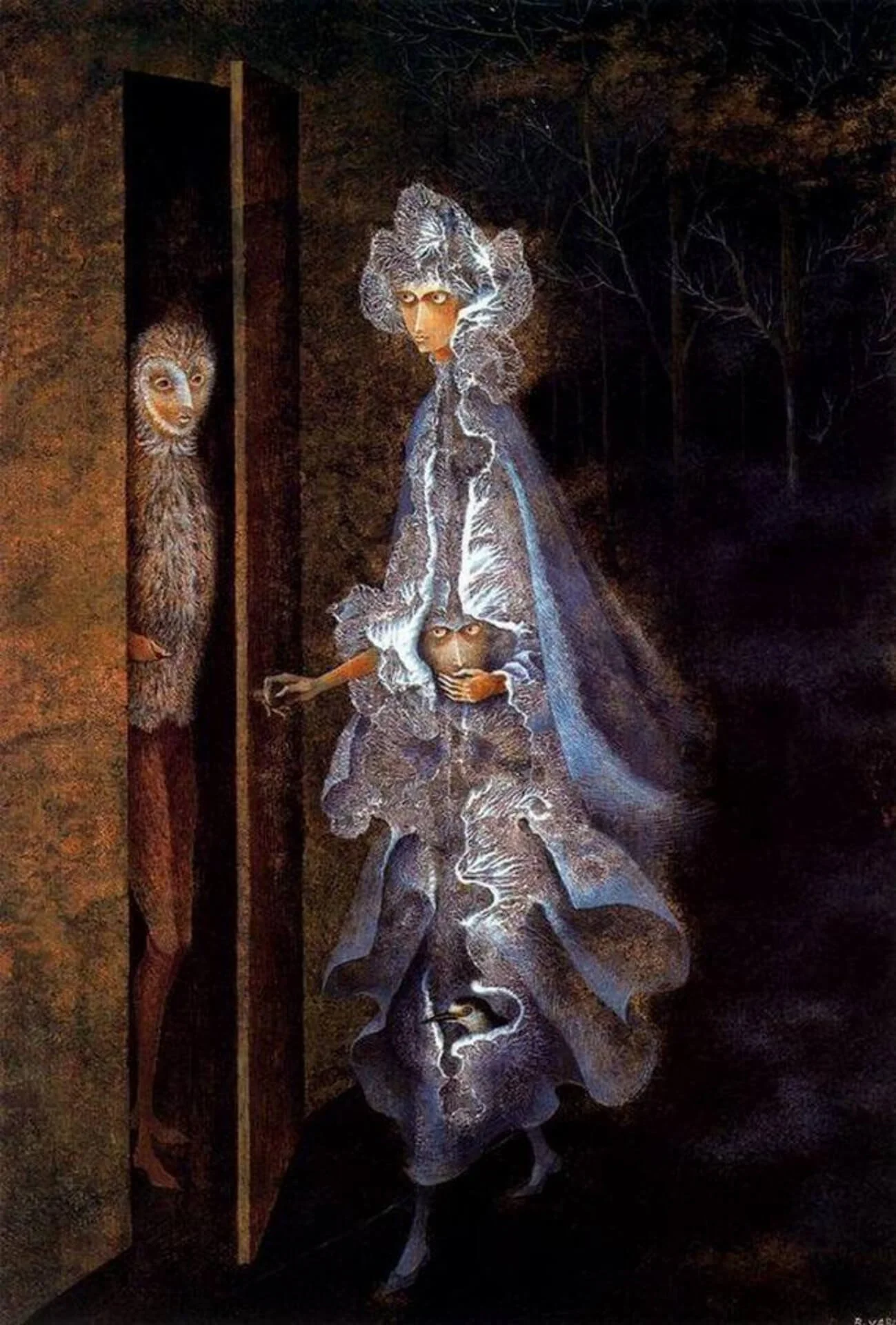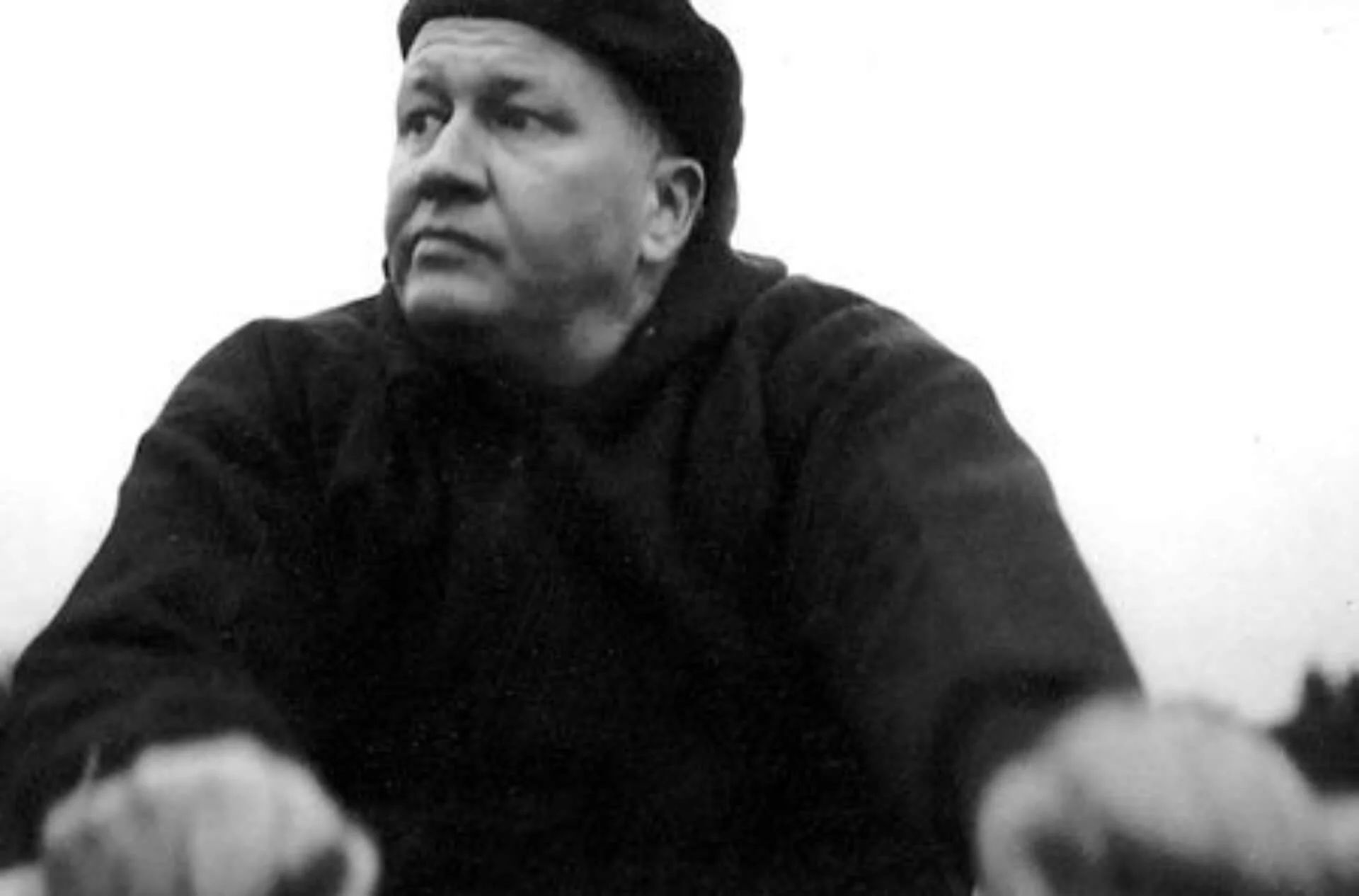Starting with an Image
I’ve been haunted by an image of a forest. There’s a bare tree, lots of dead leaves. A man’s shoe. A child’s shoe. The feeling-tone is ominous. I suspect what the images relate to, but I don’t know the story. Yet.
And that’s how I write. A compelling image obsesses me. I’ll see a scene, or a character will appear before I understand who he is or why he’s buying ten cans of Chef Boyardee! And then I’m launched on a process of discovery—with joy and trepidation. I’m like a bloodhound sniffing out the story, literally sensing my way into plot lines, eyes, ears, and intuition geared up to answer these questions: What’s going on here? How do I take this image and expand it into narrative that unfolds into its best possible form?
I’m also acting as translator working from the visual into language. Seeing where I’m going with the image. My training as a poet has everything to do with how I write fiction, but then I came to poetry before prose because I saw things rather than heard stories. Part of the task of any writer is hold the intention of creating something glorious, something valuable, and accepting the hard work it will require. Keeping the love of the project alive and palpable despite the struggle to give it form. The writer is on an adventure and has entered the zone of the unknown, which is where original art hangs out.
Cultivating stillness is essential. It invites the magic. Art and magic are one kind of sister! When I’m engrossed in a project, I enter an energy field where wild can things happen, like the proverbial book that falls off the shelf just when you need it. Or, a new character shows up in a dream and tells you her heartbreaking story. Insights drop into your consciousness from odd places—bits of conversation overheard at the market, NPR stories—I’ve had to pull off the road when listening to Iraqi war veterans speak of their experiences, my mind/heart brimming with their graphic tales.
Wild things happen when you welcome the muse: synchronicities, a receptivity and shared sensitivity with others.
The spiritual side of this is that you can’t will the magic, the story, or the novel into being, though sincere attention and hopefulness attract the little iron filings of images and insights to your magnetic pull. Of course, you need to have the craft in place. It’s a self-educational process. As Theodore Roethke wrote in “The Waking,” “I learn by going where I have to go.”
So you need to know the tools of your craft and to be able use them skillfully: dialogue, narrative summary, description, backstory. But even though storytelling is a more or less linear process, we writers spend a lot of time hanging out in our associative minds, in dream time, in the emotional limbic brain. We’re conjuring characters who display complicated and complex behavior, and we, their creators, have to know, understand, and embody on the page their complexity. And we hope to put this all together in a seamless way so the reader doesn’t notice the author’s presence. Writing a novel is world-making, in which we, the writers, welcome readers into the timeless worlds we devise.




